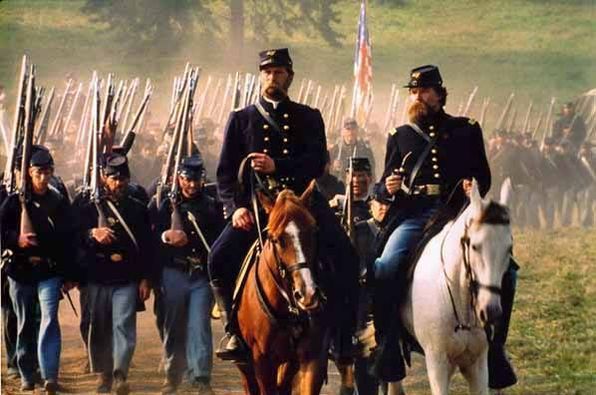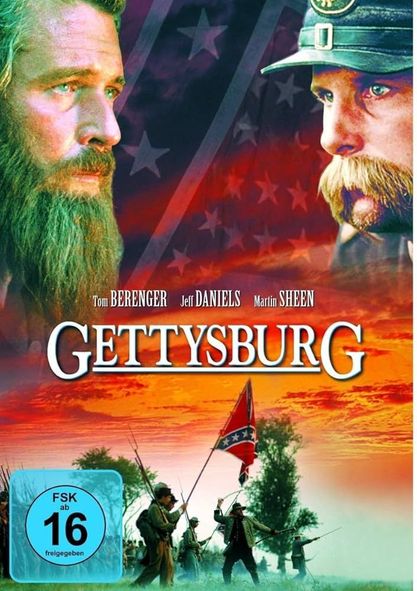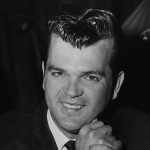Gettysburg (1993).14

Title: Gettysburg (1993): An Epic Cinematic Tribute to a Pivotal Moment in American History
Introduction: The 1993 film Gettysburg, directed by Ronald F. Maxwell, stands as a monumental portrayal of one of the most crucial battles in American history. Based on Michael Shaara’s Pulitzer Prize-winning novel The Killer Angels, the film delves deep into the three-day conflict that took place from July 1 to 3, 1863, during the American Civil War. Through its detailed depiction of historical events and vivid character portrayals, Gettysburg offers viewers a profound understanding of the battle’s significance and its impact on the course of American history.
Content Summary: Gettysburg meticulously recreates the Battle of Gettysburg, capturing the harrowing experiences of both Union and Confederate soldiers. The film follows key historical figures, including Union General George Meade (played by Richard Jordan), Confederate General Robert E. Lee (Martin Sheen), and Colonel Joshua Chamberlain (Jeff Daniels), providing a multi-faceted view of the battle’s unfolding.
The narrative unfolds through the perspectives of these leaders and their troops, revealing their strategic decisions, personal struggles, and the brutal realities of warfare. The film’s attention to historical accuracy is evident in its detailed battle scenes, authentic period costumes, and use of actual locations from the Gettysburg battlefield. The story is framed within the larger context of the Civil War, emphasizing the battle’s role as a turning point in the conflict.

Themes and Significance: Gettysburg explores several significant themes, including leadership, sacrifice, and the moral complexities of war. Through its portrayal of General Lee’s resolute yet ultimately flawed strategies and General Meade’s reluctant but steadfast leadership, the film underscores the weight of command and the burdens carried by military leaders.
The character of Colonel Joshua Chamberlain is central to the film, representing the courage and conviction of the Union forces. Chamberlain’s defense of Little Round Top, a pivotal moment in the battle, symbolizes the determination and resilience of those fighting for the Union cause. His personal journey from a scholar to a soldier illustrates the diverse backgrounds and motivations of the men who fought at Gettysburg.
Additionally, Gettysburg addresses the broader implications of the battle, highlighting its impact on the course of the Civil War and its significance in shaping the nation’s future. The film reflects on the human cost of the conflict and the enduring legacy of the struggle for freedom and unity.












